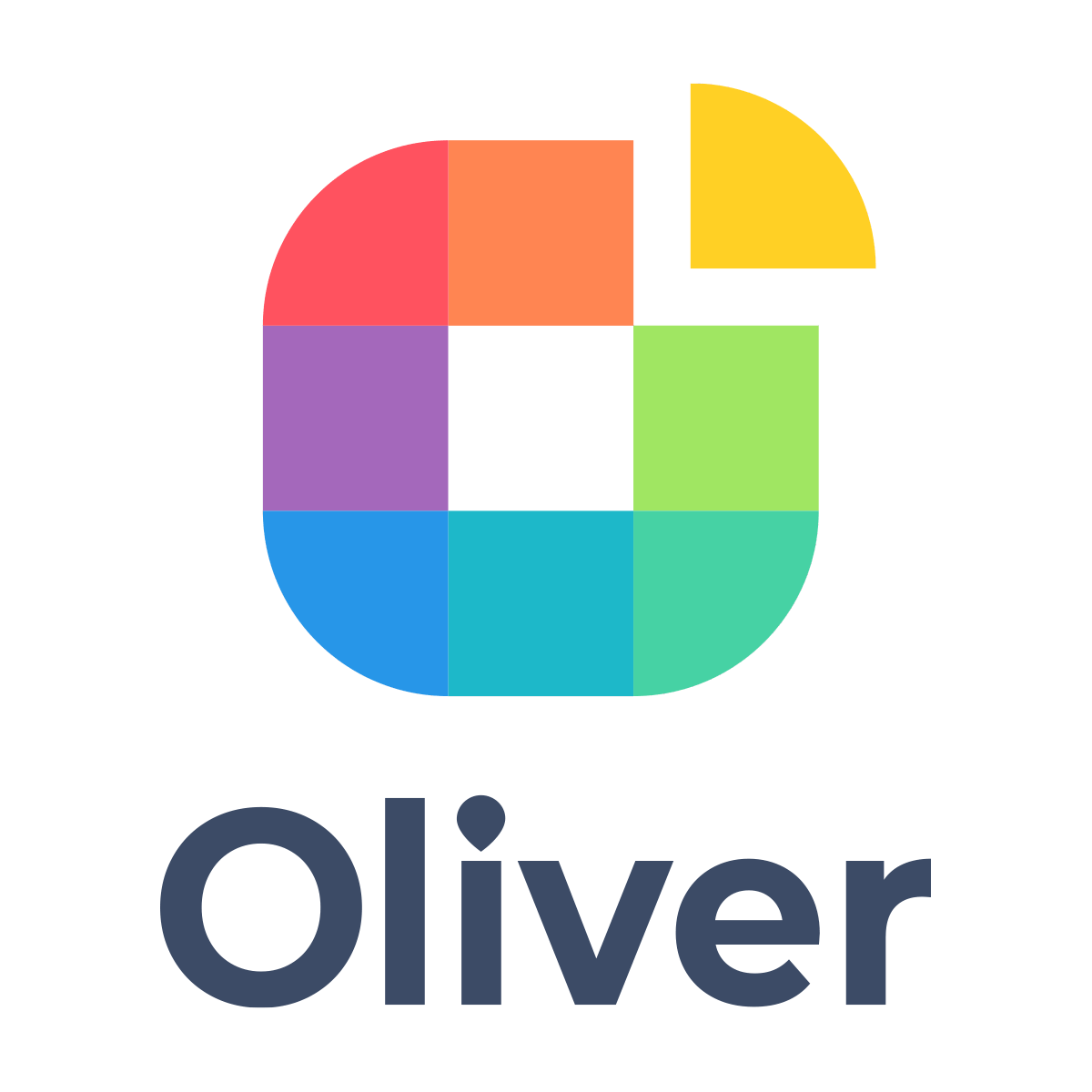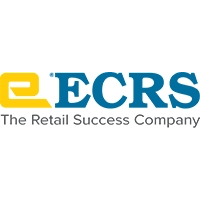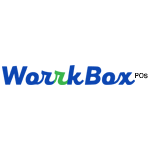Description

Cartface

DinePlan
Comprehensive Overview: Cartface vs DinePlan
Cartface and DinePlan are platforms that operate in the digital space but serve different functions and markets. Here’s an overview of each, followed by comparisons and differentiating factors:
Cartface
a) Primary Functions and Target Markets:
- Primary Functions: Cartface is primarily an e-commerce platform designed to help businesses create and manage their online stores. It offers various tools and services including inventory management, payment processing, customer relationship management, and marketing tools.
- Target Markets: Cartface targets small to medium-sized businesses (SMBs) looking to establish a digital presence and sell products online. It often appeals to businesses that seek an affordable and relatively easy-to-use solution without requiring extensive technical expertise.
b) Market Share and User Base:
- Cartface's market share might be modest compared to large players like Shopify or WooCommerce because it serves a more niche segment with localized or industry-specific needs.
- The user base usually comprises SMBs focused on expanding their reach digitally while looking for cost-effective solutions that offer good customization and integration capabilities.
c) Key Differentiating Factors:
- Customization: Cartface offers customizable templates and integration capabilities that appeal to businesses wanting to maintain a unique brand presence.
- Affordability: Competitive pricing structures make it attractive for small businesses with limited budgets.
DinePlan
a) Primary Functions and Target Markets:
- Primary Functions: DinePlan is a reservation and table management system tailored specifically for the hospitality industry. It helps restaurants manage bookings, streamline operations, and enhance customer service by offering features like real-time bookings, table allocation, and guest management.
- Target Markets: DinePlan targets restaurants and hospitality businesses, ranging from independent eateries to larger chains. It serves businesses looking to optimize their reservation systems and improve operational efficiency.
b) Market Share and User Base:
- DinePlan competes with similar platforms like OpenTable and Resy, which have a significant presence in the restaurant reservation market.
- Its user base is primarily composed of restaurant owners and managers seeking a robust solution for reservation management that also integrates with their existing systems.
c) Key Differentiating Factors:
- Ease of Use: DinePlan is designed to be intuitive for restaurant staff, minimizing the need for extensive training.
- Integration: It integrates with point-of-sale systems and other restaurant management tools, which is crucial for restaurants looking to streamline all aspects of their operations.
- Local Market Focus: In regions where DinePlan has a strong presence, it often offers features tailored to local needs and preferences.
Comparison and Key Differentiators
- Industry Focus: Cartface is retail and e-commerce-focused, while DinePlan is hospitality and restaurant-focused.
- Functionality: Cartface concentrates on facilitating online sales and store management, whereas DinePlan is dedicated to streamlining restaurant reservations and table management.
- Competitive Landscape: Cartface faces competition from global e-commerce giants like Shopify, whereas DinePlan competes with established reservation platforms like OpenTable.
- User Targeting: Cartface appeals more broadly to varied SMBs in retail, while DinePlan specifically targets the hospitality industry.
Each platform is tailored to its specific market demands, and businesses typically choose between them based on their industry needs and the specific functionalities they require.
Contact Info

Year founded :
2015
Not Available
Not Available
India
http://www.linkedin.com/company/cartface-technologies-pvt.-ltd.

Year founded :
2008
+65 6341 7144
Not Available
Singapore
http://www.linkedin.com/company/dineplan-pos
Feature Similarity Breakdown: Cartface, DinePlan
To provide a detailed feature similarity breakdown for Cartface and DinePlan, let's explore the three key aspects: core features, user interface comparison, and unique features.
a) Core Features in Common
-
Reservation Management:
- Both Cartface and DinePlan offer robust reservation management features. They allow businesses to handle bookings efficiently, manage time slots, and minimize no-shows by sending automated reminders to customers.
-
Customer Database:
- Each platform maintains a customer database that stores essential customer information and preferences, aiding in personalized service and marketing efforts.
-
Analytics and Reports:
- Both systems provide analytics tools to generate reports on reservations, customer demographics, and peak hours, helping businesses optimize operations and marketing strategies.
-
Table Management:
- They offer table management features that allow businesses to visualize their floor plan, manage table availability, and optimize seating arrangements.
-
Integration Capabilities:
- Cartface and DinePlan integrate with various third-party applications, including CRM systems and marketing tools, enhancing their functionality and streamlining operations.
b) User Interface Comparison
-
Cartface:
- Cartface generally inclines towards a more comprehensive interface that accommodates various e-commerce and restaurant functionalities. It might offer more tabs and sections to effectively manage these features, making the interface a bit complex for some users but powerful for those needing a broader range of functionalities.
-
DinePlan:
- DinePlan's user interface is typically designed to be more streamlined and focused on restaurant reservations and management. It often features a more intuitive layout aimed at simplicity and ease of use for users who primarily focus on dining services.
c) Unique Features
-
Cartface:
- E-commerce Integration: One of Cartface's standout features is its seamless integration with e-commerce capabilities. This is beneficial for restaurants that also sell products online, such as merchandise or packaged gourmet products.
- Customizable Solutions: Cartface often provides highly customizable solutions allowing businesses to tailor the system specifically to their needs, which can include industry-specific requirements beyond just reservations.
-
DinePlan:
- Real-Time Availability: DinePlan excels in providing real-time availability features that customers can access directly through integrated widgets on restaurant websites or mobile applications.
- Guest Feedback Tools: It often includes built-in tools for capturing guest feedback post-visits, which helps in improving services and guest satisfaction.
In conclusion, while Cartface and DinePlan share core restaurant management features, they differ in terms of interface complexity and unique capabilities such as e-commerce integration and real-time availability. Each platform tends to cater to slightly different business needs, depending on whether users require a broader e-commerce approach or a focused reservation system.
Features

Not Available

Not Available
Best Fit Use Cases: Cartface, DinePlan
To provide a comprehensive overview of the use cases for Cartface and DinePlan, let's explore each of these products in terms of their suitability for various business types, scenarios, and how they cater to different industry verticals or company sizes.
Cartface
a) Best Fit for Cartface:
Cartface is typically suited for businesses looking for a robust e-commerce solution. Here are the types of businesses or projects where Cartface would be the best choice:
-
Retail Businesses: Whether it's fashion, electronics, or any consumer goods, Cartface offers a comprehensive platform for businesses to sell products online. This is ideal for small to medium-sized enterprises (SMEs) trying to establish or scale their online presence.
-
Customizable E-Commerce Solutions: Businesses that need a tailor-made e-commerce website with customizable templates and tools to match their unique brand identity will find Cartface suitable.
-
Subscription-Based Services: Companies that offer products or services on a subscription basis can leverage Cartface's features, which are often geared towards recurring billing and customer management.
-
Multi-vendor Marketplaces: Entrepreneurs looking to create a marketplace that supports multiple vendors and offers varied products from different sellers will benefit from Cartface's marketplace features.
DinePlan
b) Preferred Scenarios for DinePlan:
DinePlan is designed primarily for the hospitality industry, especially focusing on dining establishments. Here are the scenarios in which DinePlan would be the preferred option:
-
Restaurants and Cafes: DinePlan streamlines reservations, table management, and customer service, making it ideal for small to medium-sized restaurants and cafes looking to improve their customer experience.
-
Hotel Dining Facilities: Hotels that offer multiple dining options can use DinePlan to optimize their restaurant bookings and manage multiple dining areas efficiently.
-
Event Caterers: Businesses that require a system to handle bookings for special events and catering services can benefit from DinePlan's robust scheduling and management tools.
-
Franchise Operations: Chain restaurants or groups with multiple locations can use DinePlan to maintain consistency in booking processes and customer service across all outlets.
Catering to Industry Verticals or Company Sizes
-
Cartface:
- Industry Verticals: Retail, fashion, technology, subscription services, and general e-commerce.
- Company Sizes: Small to medium-sized businesses primarily, but also scalable for larger enterprises with heavy customization needs.
-
DinePlan:
- Industry Verticals: Hospitality, particularly the food and beverage sector, including restaurants, cafes, hotels, and catering services.
- Company Sizes: Small to medium-sized dining establishments, with capabilities to support larger chains and franchise operations with multiple locations.
Both Cartface and DinePlan cater to diverse needs within their respective verticals, offering scalability and customization to serve both small businesses and larger enterprises effectively. They focus on improving operational efficiency, enhancing customer experience, and providing tailored solutions that align with industry requirements.
Pricing

Pricing Not Available

Pricing Not Available
Metrics History
Metrics History
Comparing teamSize across companies
Conclusion & Final Verdict: Cartface vs DinePlan
To provide a conclusion and final verdict for Cartface and DinePlan, we need to compare both in terms of their value, pros and cons, and ultimately provide recommendations to assist users in making an informed decision.
a) Best Overall Value:
Cartface and DinePlan both have their unique strengths, and the best overall value depends on the specific needs of the users.
-
Cartface: This platform is generally more suitable for businesses looking for a comprehensive eCommerce solution. It is versatile, offering robust web development tools, seamless payment integrations, inventory management, and marketing features.
-
DinePlan: This is ideal for restaurant owners seeking a streamlined reservation and table management system. It excels in providing a user-friendly interface for managing bookings, facilitating customer engagement, and offering analytics specific to the hospitality industry.
Overall Verdict: For restaurant management, DinePlan may provide better value due to its tailored features for the hospitality industry. However, for broader e-commerce needs, Cartface offers a more comprehensive suite of features that better serve various business types.
b) Pros and Cons:
Cartface:
-
Pros:
- Comprehensive toolset for building and managing online stores.
- Flexible payment and shipping integrations.
- Suitable for a wide range of industries beyond just restaurants.
-
Cons:
- May require a steeper learning curve for users unfamiliar with eCommerce platforms.
- Potentially higher costs if extensive features are needed.
DinePlan:
-
Pros:
- Specialized for restaurant reservation management.
- User-friendly interface with minimal setup time.
- Features for fostering customer relationships and loyalty programs.
-
Cons:
- Limited to the dining and hospitality sector.
- May lack the depth of eCommerce functionalities found in more general platforms like Cartface.
c) Recommendations:
-
For Restaurateurs: If your primary need is to handle reservations, manage tables efficiently, and improve customer interaction specific to dining services, DinePlan is the way to go. Its specialized features for restaurants will offer great operational convenience and improve customer satisfaction.
-
For Wider Business Operations: If you require versatile eCommerce capabilities and might expand beyond the restaurant industry, considering a tool like Cartface is advisable. It provides flexibility and scalability for various business models.
-
Cost Consideration: Analyze your budget for technology solutions. If cost efficiency is crucial, weigh which platform’s pricing aligns with your financial strategy in relation to the features offered.
-
Trial Periods/Demos: Make use of any trial periods or demos offered by these platforms to get a hands-on feel of how they meet your business requirements.
Ultimately, the decision should be based on aligning the platform’s features with your business goals, targeted industry, and growth plans.
Add to compare
Add similar companies




